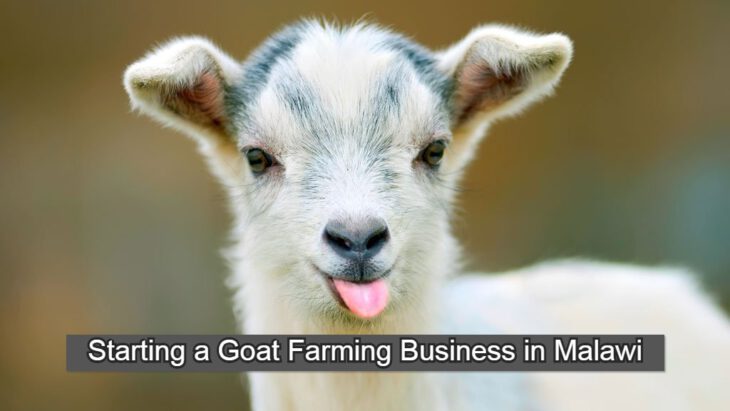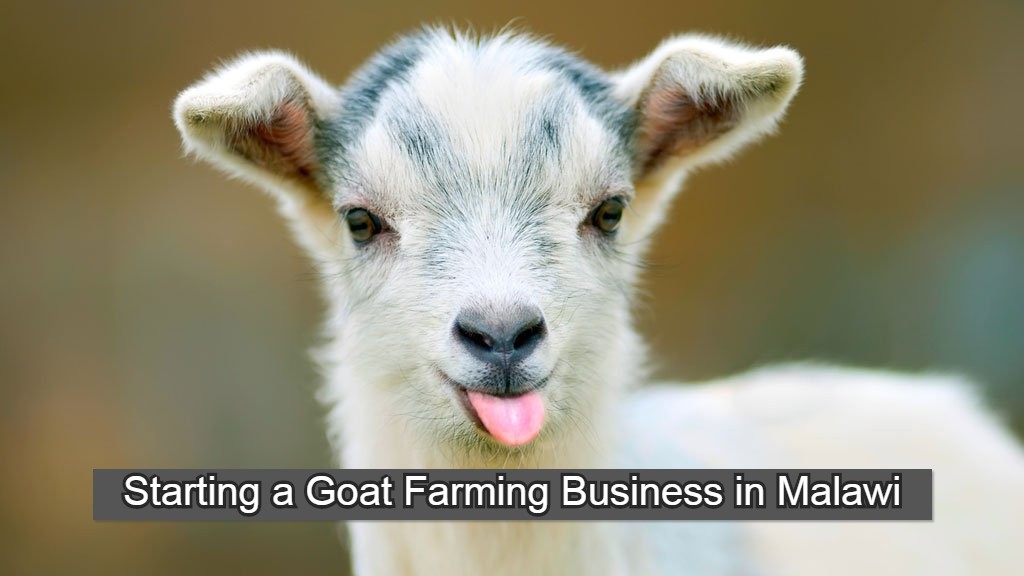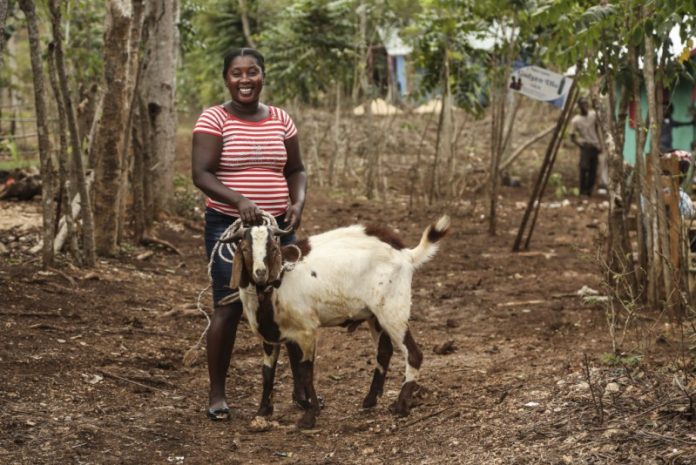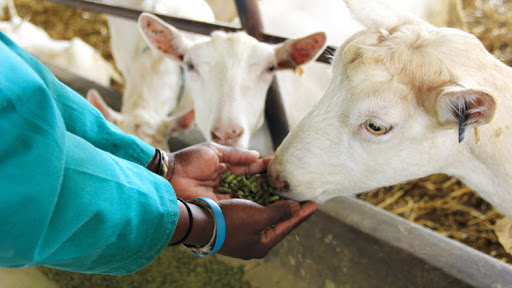
Goat production in Malawi

This is a compilation of Goat Farming in Malawi as written by me, Hazel Martha Phiri, I am a professional farm manager. But enough about me, with that said, let us continue this article.
This article is a summarized practical guide on how to produce goats for business, for a beginner in Malawi. It is advisable for the reader to further research on goat farming. Goat meat has a huge market in Malawi, selling as high as MK6000/Kg in some outlets. However, not many are willing to venture into this lucrative business opportunity nor invest in it.
Goat Farming Business In Malawi
Not many are willing to venture into goat farming in Malawi but this is a viable/profitable business and with some guidance, knowledge and patience, anyone will surely make a living from it. You don’t need a lot of money to start goat business, Even without a big budget, you can be able to feed your goats.
What You Need To Know About Goat Farming
You can choose to rear goats for different purposes, for instance some can be kept for:
- 1. Dairy (milk).
- 2. Meat.
- 3. The excreta (manure).
With that said, you need to identify the areas and purpose you want to venture into, carefully research and come up with a business plan. This will help you in running your goat business.
Goat Classifications

Goat breeds are be divided into several categories, but for Malawians, we will discuss two categories in this article:
Indigenous breeds:
These are commonly found in Malawi and are naturally selected for adaptability to harsh environments. Their gestation period is maximum of about 150 days and can give birth around 10 times. Breeding age for young ewes is from 9 months onward.
If you are to select one for breeding, you need to consider the following:
For a female goat (udder):
- Udder – it should be, soft and balanced with well placed teats.
- Legs – hind legs should be good and strong. Those with weak or bent legs should not be chosen for breeding.
- She should be a twin
While for Buck(male goat), he should have the following qualities:
- Legs -strong legs with hard hooves and the feet should not have any infection.
- If his semen is assessed, good semen characteristics are desirable especially the absence of abnormal sperms.
- LIBIDO – good males should be aggressive, fierce and sound noisy. Shy and timid males should be excluded from reproduction.
- Teeth – a young-breeding male should have 2 – 4 permanent teeth and the upper jaw must meet evenly on the lower teeth.
Meat breeds:
For these make sure you have enough skills to handle them. These includes Boer Goats. If not cared they are more susceptible to disease than non-improved goats. These are the best for business as they give birth to 2, even 3 at times a year.
While rearing your goats you need to be observant of everything including the signs that shows that the goat is in heat(wants to mate), the signs includes:
- Restless and continuously bleats.
- Mounting her fellows, more often stands to be mounted by them
- The vulva is reddish and swollen with clean shiny mucous discharge
- Urine may be passed at frequent levels
- In the doe, the tail shows rapid side to side and up and down
Feeding Your Goats In Malawi
In Malawi, goat production is done using the extensive system with feeding mainly being bush grazing.
So how to do you manage the grazing area? Firstly you need to burn the area and here are the reasons why:
- Reduces small old grass to allow newly fresh grass to grow
- Removes old fibrous vegetation
- It stimulates the growth of grasses and in particular it stimulates low.
- Fire may also be used to remove bush as part of a programme to suppress the population of tsetse flies.
Supplementary feeding your Goats

During rainy season, Supplementary feeding should be given to goats. Goat cope well when fed during dry season because of their ability to feed on dry leaf litter, leaves and pods of brown species which are very valuable source of minerals and vitamin.
Do NOT forget that certain plants are toxic to goats so be careful on what you choose to feed your Goats. Anyway, supplementary feeds include:
- Maize/Rice bran
- G/nut hay (helms)
- Cassava leaves
- Sweet potato vines
You can use some modern technology tricks and simply google on the propotionals needed to make feed for your goats.
Lastly, take care of your goats by making sure that:
- They have access to enough feed of the correct quality.
- Ensuring they have access to clean water.
- Vaccination programme against common diseases.
- Be nice to your goats, do not abuse them physically, they do have feelings as well.
With that said, thank you for reading this article and I wish you the best of luck in your farming adventures. Look forward to more of my farming articles in the coming days, remember to check out our facebook and twitter account for the latest updates.
- Soybeans Production in Malawi - August 16, 2022
- Banana production in Malawi Part 2 - April 17, 2021
- Introducing Mobile Msika Wathu Program by Smart Energy Enterprise - February 16, 2021
